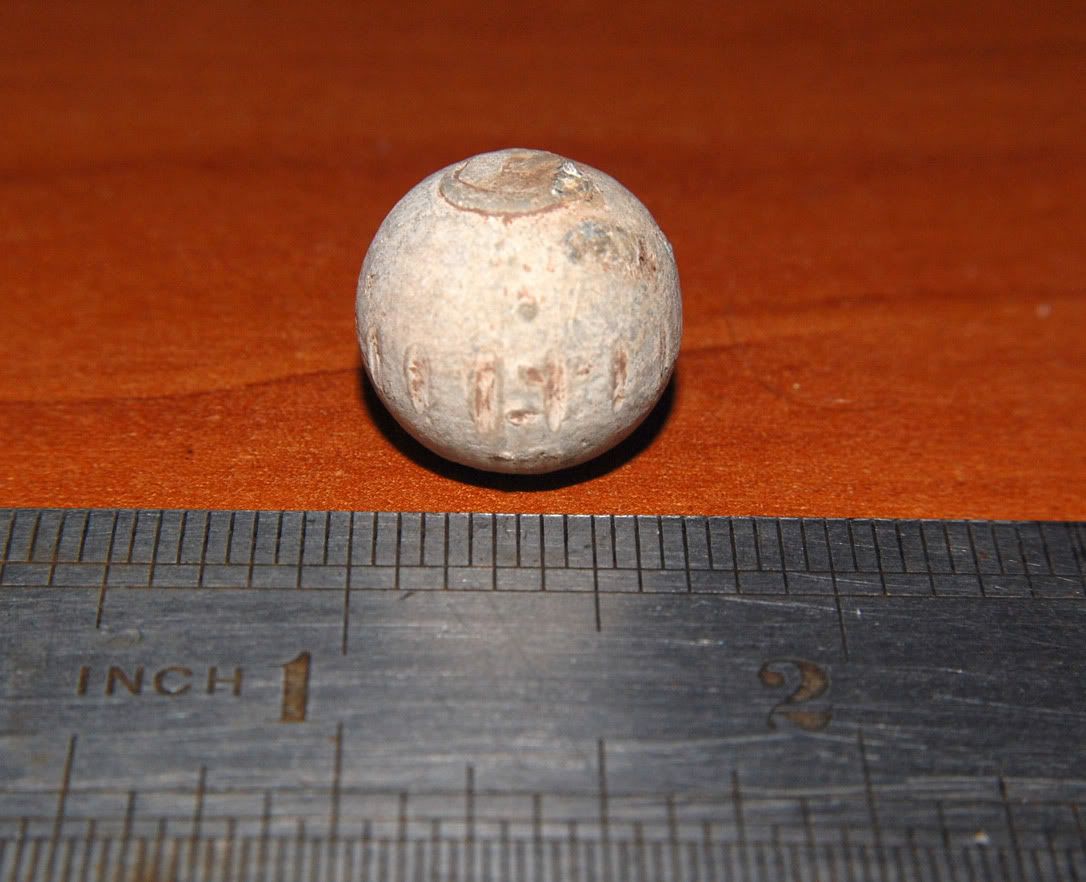jayreef
Elite Member
Hi
This is my first post, as i am new to detecting
I think i have found a musket ball - see image, it has a white patina and appears to have rifle marks.
I found this in the uk (north west), and am looking for any info i can find out, as you can see from the ruler, it is quite large approx 11/16ths of an inch
possible weapon and age - is 11/16ths similar to .577
thus meaning it would have been fired from a pattern 1853 enfield
all info most welcome

Thanks
This is my first post, as i am new to detecting
I think i have found a musket ball - see image, it has a white patina and appears to have rifle marks.
I found this in the uk (north west), and am looking for any info i can find out, as you can see from the ruler, it is quite large approx 11/16ths of an inch
possible weapon and age - is 11/16ths similar to .577
thus meaning it would have been fired from a pattern 1853 enfield
all info most welcome

Thanks




 so dont worry about trying to figure out how old it is.. its pretty hard to identify a date on lead scraps unless maybe it was a pot mend..
so dont worry about trying to figure out how old it is.. its pretty hard to identify a date on lead scraps unless maybe it was a pot mend..
